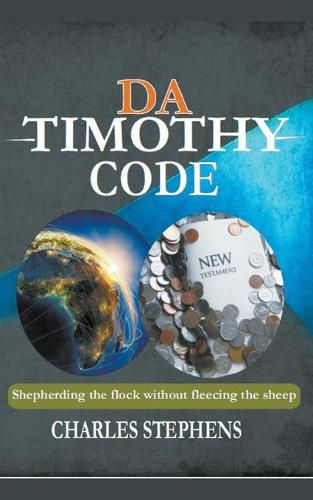Readings Newsletter
Become a Readings Member to make your shopping experience even easier.
Sign in or sign up for free!
You’re not far away from qualifying for FREE standard shipping within Australia
You’ve qualified for FREE standard shipping within Australia
The cart is loading…






This title is printed to order. This book may have been self-published. If so, we cannot guarantee the quality of the content. In the main most books will have gone through the editing process however some may not. We therefore suggest that you be aware of this before ordering this book. If in doubt check either the author or publisher’s details as we are unable to accept any returns unless they are faulty. Please contact us if you have any questions.
The five main chapters are about East Africa, North Africa, West Africa, Central Africa and South Africa, in that order. The oldest bio’s are from East Africa (e.g. Ethiopia, Nubia). Then from Egypt across to the Berbers (e.g. St Augustine was of Berber descent). Then to the Canary Islands and down/around the West Africa coast to Nigeria. Then the Bakongo kingdom and around to Mozambique and up the Zambezi into deep central Africa. Then finally South Africa, starting at the Cape and workingeast and north from there. It ends up in current events of 2021, with some leaders who are in the news. So it is very much a book of African hagiography. Short biographical sketches - some shorter than others, just honourable mention. But these roll out in a way that makes for a coherent narrative of church history all around the continent. The book also chases a theme, which is the subtitle: Shepherding the flock without fleecing the sheep . Basically it asks the question who moved the goalposts? because 90 percent of the bio’s over a 2000-year period are about church leaders who sacrificed so much - even their lives. Then since 1950, pastors have become rich -owning airplanes and launching universities. This concern is not answered dogmatically, rather it is probed. The extraordinary contradiction is noted, and the implied questions explored. The baseline that is used to illuminate this contrast is I Timothy chapter 3 (which I call
Timothy Code , a book title that tries to resonate with The Da Vinci Code). This theme is presented and wrapped up in a coherent way that ties all the biographical sketches together. The structure is a collage - a mosaic. So that when you stand back and look at it, there is a message that makes all the pieces hang together.
$9.00 standard shipping within Australia
FREE standard shipping within Australia for orders over $100.00
Express & International shipping calculated at checkout
This title is printed to order. This book may have been self-published. If so, we cannot guarantee the quality of the content. In the main most books will have gone through the editing process however some may not. We therefore suggest that you be aware of this before ordering this book. If in doubt check either the author or publisher’s details as we are unable to accept any returns unless they are faulty. Please contact us if you have any questions.
The five main chapters are about East Africa, North Africa, West Africa, Central Africa and South Africa, in that order. The oldest bio’s are from East Africa (e.g. Ethiopia, Nubia). Then from Egypt across to the Berbers (e.g. St Augustine was of Berber descent). Then to the Canary Islands and down/around the West Africa coast to Nigeria. Then the Bakongo kingdom and around to Mozambique and up the Zambezi into deep central Africa. Then finally South Africa, starting at the Cape and workingeast and north from there. It ends up in current events of 2021, with some leaders who are in the news. So it is very much a book of African hagiography. Short biographical sketches - some shorter than others, just honourable mention. But these roll out in a way that makes for a coherent narrative of church history all around the continent. The book also chases a theme, which is the subtitle: Shepherding the flock without fleecing the sheep . Basically it asks the question who moved the goalposts? because 90 percent of the bio’s over a 2000-year period are about church leaders who sacrificed so much - even their lives. Then since 1950, pastors have become rich -owning airplanes and launching universities. This concern is not answered dogmatically, rather it is probed. The extraordinary contradiction is noted, and the implied questions explored. The baseline that is used to illuminate this contrast is I Timothy chapter 3 (which I call
Timothy Code , a book title that tries to resonate with The Da Vinci Code). This theme is presented and wrapped up in a coherent way that ties all the biographical sketches together. The structure is a collage - a mosaic. So that when you stand back and look at it, there is a message that makes all the pieces hang together.